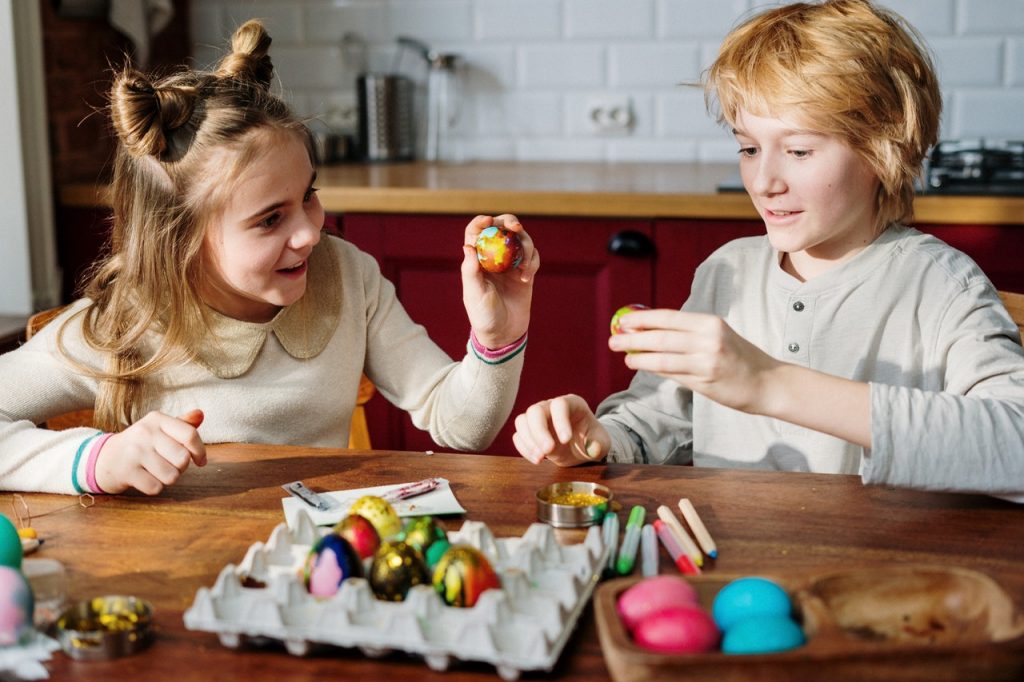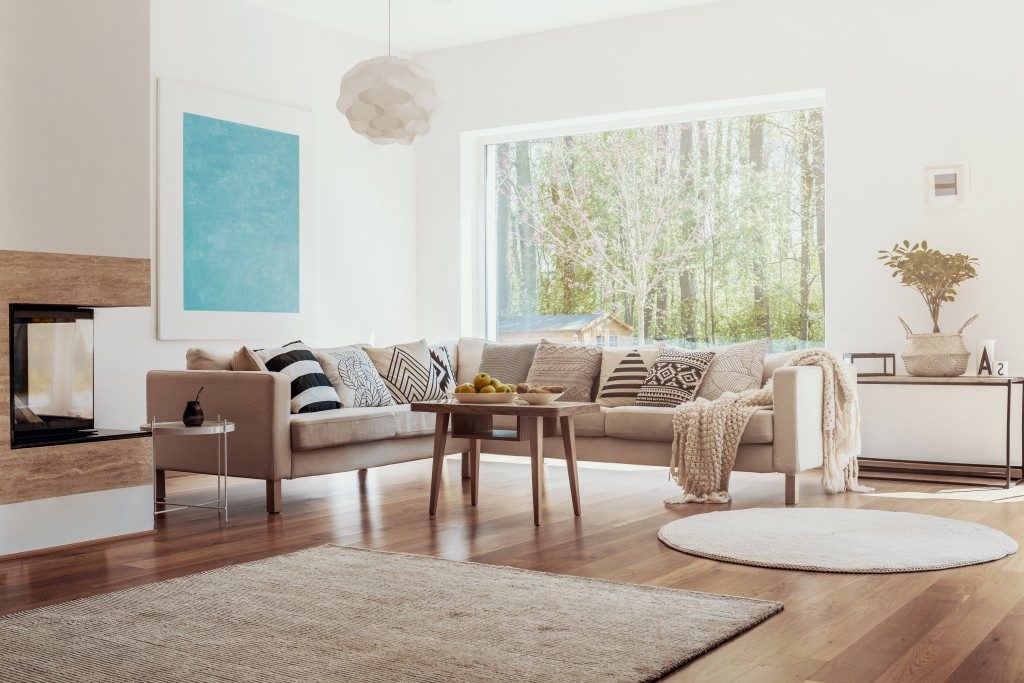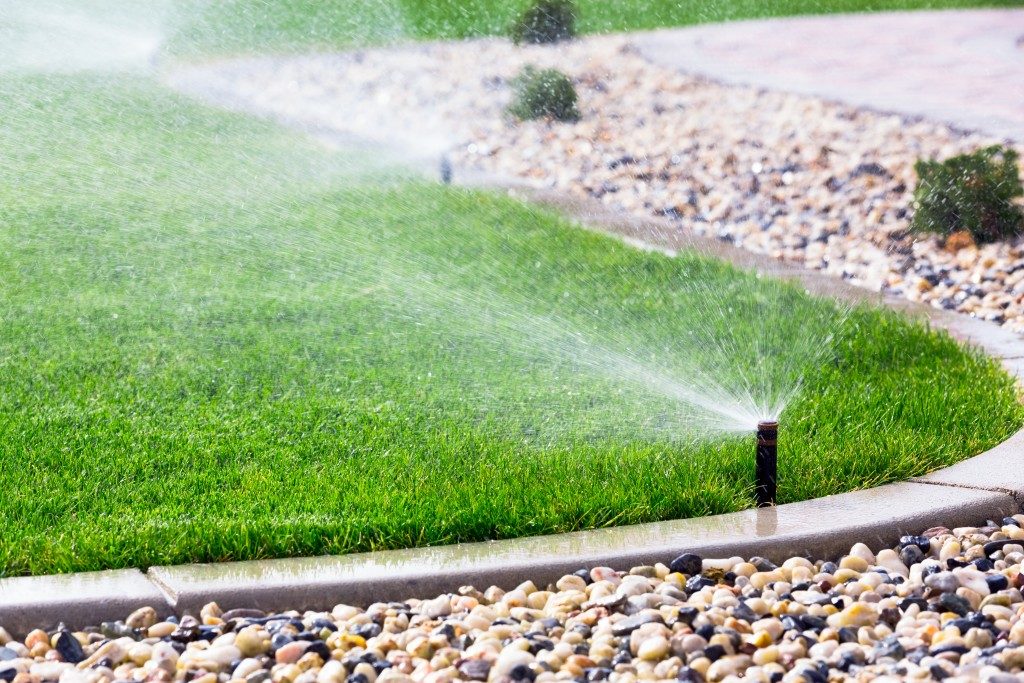As the COVID-19 pandemic forced us to stay indoors, many of us are spending a great deal of our time in our homes. This gave us more time to spend with our children and guide them towards learning and growth. But staying at home has become problematic for parents who are working from home. They have to juggle their household and corporate life while making sure their children are properly cared for.
Home safety is all about safety management in our living spaces. While our homes are considered our safest sanctuaries, accidents are still likely to happen, whether we like them or not. Some common home injuries include falls, poisoning, burns, drowning, and suffocation.
Observing home safety is especially challenging for parents working at home. It’s not easy to monitor the kids if you’re busy taking a call from your boss or finishing an important project. This also applies to full-time housewives who are busy managing the entire household every single day.
Families with small children are taking proactive measures to ensure the safety of their kids at home. Some even hire window installation services to customize window attachments, such as attaching window guards and restricting window openings.
Making your home child-friendly is an important step towards home safety. To make your home a safer environment for your kids, here are some ways to ensure child safety at home.
Living room
Let’s start at the area where kids often hang out: the living room. Living areas serve as children’s entertainment spaces where they can hang out with the family and watch TV shows and movies together. This is also a place is where you’ll often find toys lying around. So for those families who don’t have a separate children’s room, you’ll need some smart planning to make the living room safe and presentable at the same time.
Multipurpose furniture can serve as storage for toys, books, and other children’s items. You can get a sofa or ottoman with bonus storage or you can set aside your decors on the entertainment shelf for the books and stuff toys.
For those who have a linen lounge, velvet, or other luxurious pieces, replace them with a leather sofa. Children are naturally active and naughty, and you don’t want to see smashed blueberries, avocado, or a splash of vomit on your rich, velvety furniture.
Kids are also natural magnets for solid edges and sharp corners. To avoid head bumps and injuries, choose rounded furniture to minimize the blow and use upholstered sofa and cabinets that extend to the wall. You can also add a wall mount for the TV to prevent kids from pulling it from the shelf.
Kitchen
If you love cooking and your family is spending extra time in the kitchen, this zone is particularly hard to clean among other areas. If outsourcing the task to a cleaner is not on your budget, there are simple ways to keep the kitchen running smoothly and dirt-free.

Preparing kid’s breakfast and school lunch is total chaos, especially during the morning. If you have extra space, you can set up a butler’s pantry or butler’s cupboard. This area is where you keep all the kitchen items for your morning routine so you can easily pack them away while keeping the kitchen clean.
Say goodbye to marble and stone benchtops since they’re best left to homeowners without little kids. Not only they get stained easily, but their hard surfaces can also be a main cause of accidents. Instead, consider composite stones, such as essastone, smartstone, and caesarstone. These materials are a mixture of resin and quartz and certainly indestructible.
If you’re planning to change the kitchen layout, consider adding an island bench or galley kitchen to allow the kids to move and run around without causing foot traffic in the kitchen.
Bathroom
The bathroom is the main source of home incidents, from slips, falls, and bumps. It’s also a place of chaos during bath time, where kids enjoy water fights and bring random toys and objects in the tub.
Your bathroom layout should include a stone to confine water-based activities in a single area. This will prevent water puddles that can lead to hard falls and head injuries. Glass doors and shower and bath combo are also dangerous for both young children and old folks, so it would be better to ditch them altogether.
If you have the time and budget, separate the bath and shower to keep the bathroom more functional and install a fixed shower glass panel to prevent water from spraying out of the shower. For slippery tiles, replacing them with non-slip tiles reduces the likelihood of slips and falls in the bathroom.
No matter how old the kids are, every parent should make their homes a safer environment. Not only does it have to be a place for growth and learning, but it should also prioritize children’s safety. Consider our suggestions above to help you curate a more child-friendly home while keeping it functional as well.









